Disclaimer: This blog post contains affiliate links. If you make a purchase through these links, I may earn a small commission at no additional cost to you. Learn More. Thank you for supporting our garden community.
7 Types of Maple Trees for Your Fall Landscape
Maple trees are a stunning addition to any landscape, known for their vibrant fall colours, distinctive leaves, and hardy nature. With over 100 species worldwide, and many hundreds of cultivars, maples range in size, colour, and growing requirements, making it easy to find the perfect type for your garden or yard. Here, we’ll dive into 7 of the best types of maple trees, highlighting their unique characteristics, ideal growing conditions, and care tips so you can find the one that best suits your needs.
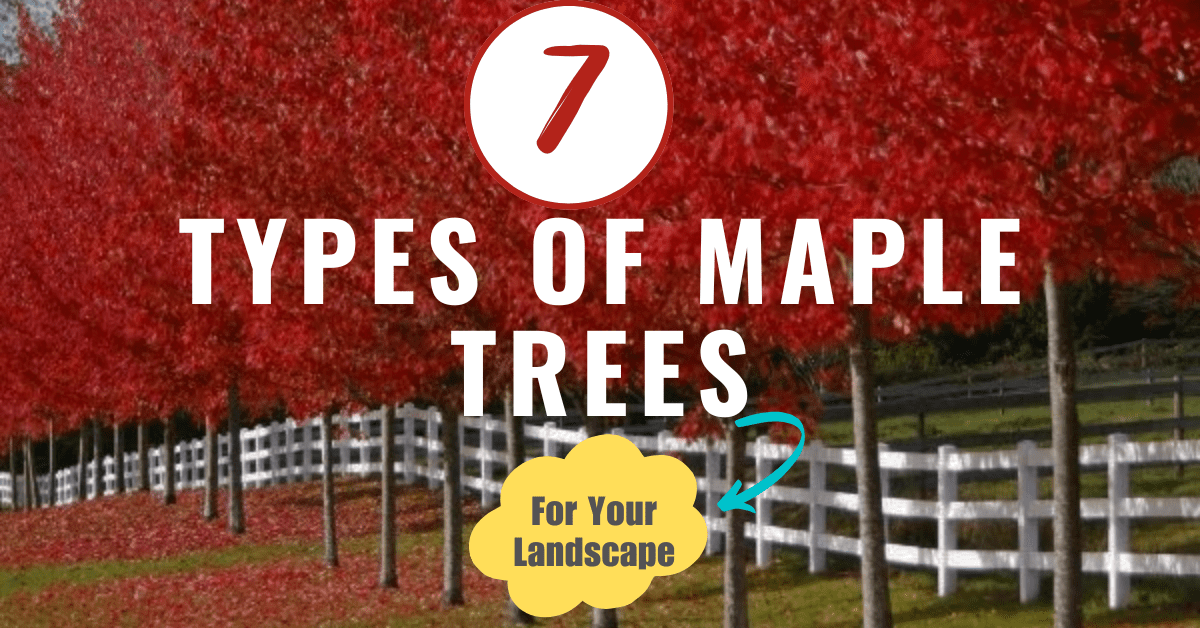
Types of Maple Trees for Your Landscape
Here’s what you’ll learn in the article:
- The Different Types of Maple Trees: A breakdown of popular maple varieties, with details on their characteristics, growth habits, and ideal growing conditions.
- Choosing the Right Maple Tree for Your Garden: Guidance on selecting a maple tree that fits your landscape size, soil type, and climate to ensure long-lasting beauty and growth.
- Benefits of Maple Trees for Gardens: Insights into why maple trees are an excellent addition, including shade, wildlife support, soil enrichment, and seasonal beauty.
- Care Tips for Growing Maple Trees – Practical advice on watering, pruning, and soil care to help maples thrive with minimal maintenance.
Why Maple Trees Are Great for Your Garden
Maple trees offer a host of benefits that go beyond their iconic beauty. Here are a few reasons why adding a maple tree to your garden can be a smart choice:
Shade and Cooling
Maple trees are known for their dense canopies, making them excellent shade providers. Planting a maple in your yard can help reduce temperatures during hot summer months, creating a cool climate and even lowering energy costs by providing natural shade to your home.
Wildlife Habitat
Maple trees attract various wildlife, including birds, squirrels, and insects. They provide nesting sites for birds, and their seeds and foliage offer food for different species. By adding a maple tree, you’ll be supporting local biodiversity and wildlife right in your home garden.
Soil Improvement
As maple trees shed leaves each fall, these leaves decompose and add organic matter to the soil, enriching it with essential nutrients. This natural mulching process improves soil structure, retains moisture, and encourages the growth of beneficial soil organisms.
Year-Round Beauty
Maple trees deliver interest throughout the year, with bright green leaves in spring, vibrant foliage in fall, and intricate branch structures in winter. This continuous display can elevate your garden’s appearance in every season.
Low Maintenance
Once established, many types of maple trees require minimal care. They adapt well to most soil conditions and are generally resistant against pests and diseases. This makes them a low-maintenance option for gardeners looking for ease in their landscape.
Let’s not waste any more time! Here are 7 of the best maple trees for your yard landscape. All of these varieties are available and Nature Hills Nursery, so make sure to check them out.
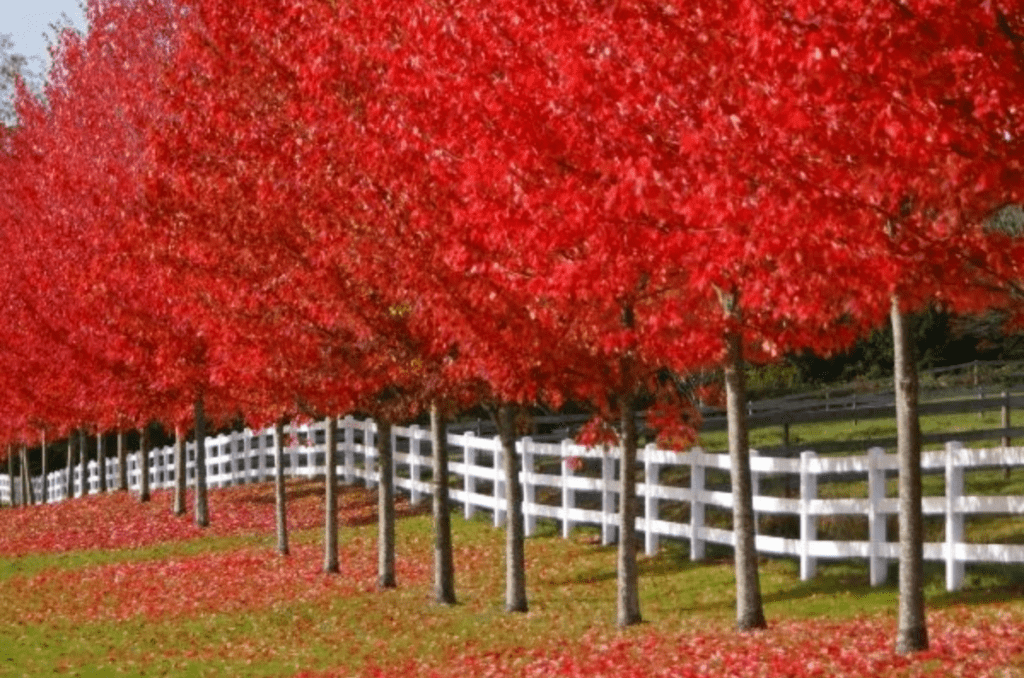
1. Autumn Blaze® Maple Tree
The Autumn Blaze® is perhaps the most vibrant of all maple trees, especially known for its deep red colour in the fall. A cross between the red maple and silver maple, Autumn Blaze® maple is celebrated for its absolutely stunning fall display of leaves.
- Height: 40-60 feet
- Hardiness Zones: 3-8
- Growing Requirements: Prefers full sun to partial shade and is adaptable to most soil types.
- Key Features: Iconic for its deep, vibrant red colour when the leaves change in the fall.
Autumn Blaze® can be planted as a stand alone tree. Or, try planting a row of these trees in your yard (possibly as a border) for the most beautiful vibrant red fall display.
Get the Autumn Blaze® maple tree now!
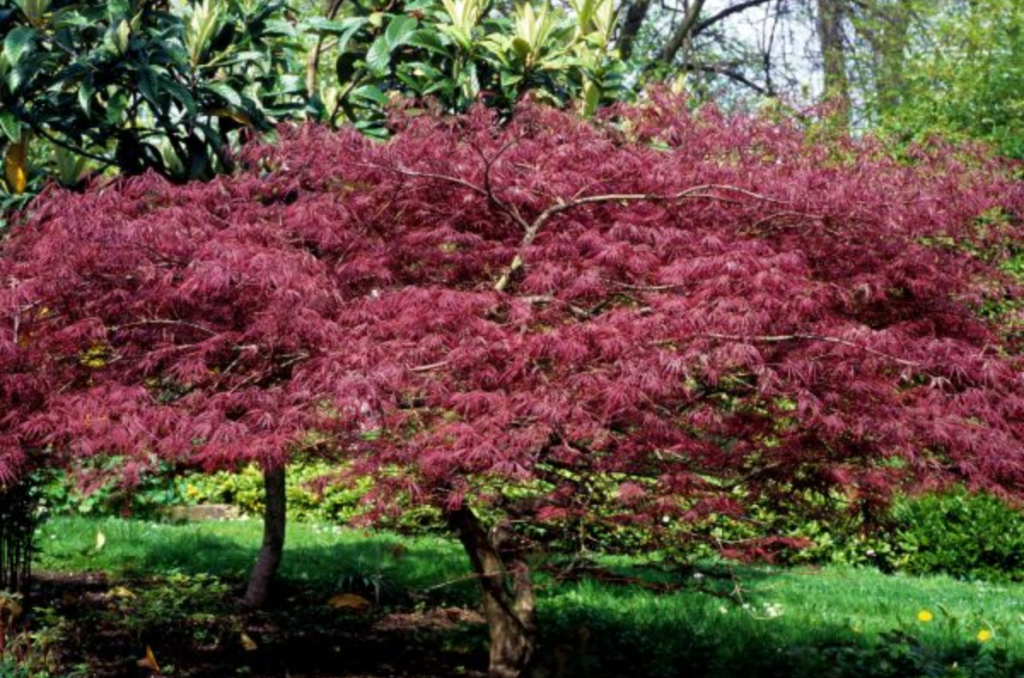
2. Bloodgood Japanese Maple Tree
As the name suggests, the Bloodgood Japanese maple tree gives a dramatic blood-red colour to your fall landscape. Additionally, this plant is extremely hardy that can survive almost any conditions, no matter where you live.
- Height: 15-20 feet
- Hardiness Zones: 5-8
- Growing Requirements: Prefers partial shade but tolerates full sun, and is adaptable to most soil types.
- Key Features: Small, graceful tree that is a landscaper’s favourite in the home garden.
Bloodgood maples are excellent ornamental trees and they give your yard that Japanese garden look (if you know what I mean).
Get the Bloodgood Japanese maple tree now!
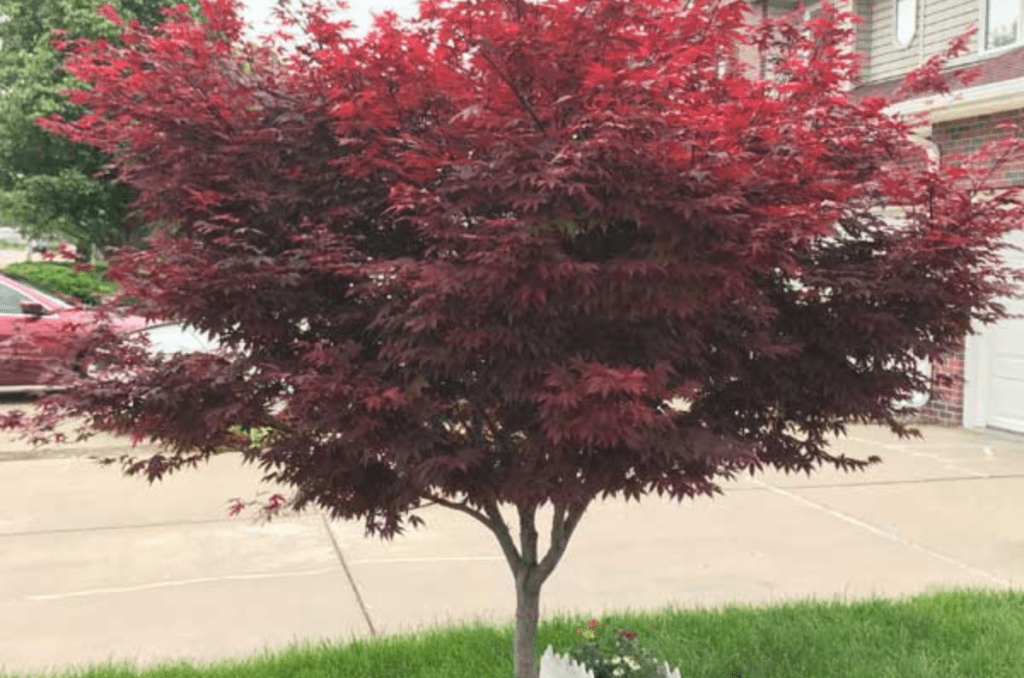
3. Emperor One Japanese Maple Tree
The Emperor One Japanese maple tree is a smaller, more compact maple that grows fairly quickly compared to other maples. This, along with the fact that the beautiful crimson red is retained by the leaves all year long, is the reason why these trees are so popular.
- Height: 10-15 feet
- Hardiness Zones: 5-9
- Growing Requirements: Can tolerate full sun or partial shade, and does well in most types of soil.
- Key Features: Crimson red colour is shown by the leaves throughout the spring, summer, and fall.
Additionally, because this variety slowly leafs out in the spring, it is much less susceptible to late spring frosts that will damage the plant.
Get the Emperor One Japanese maple tree now!
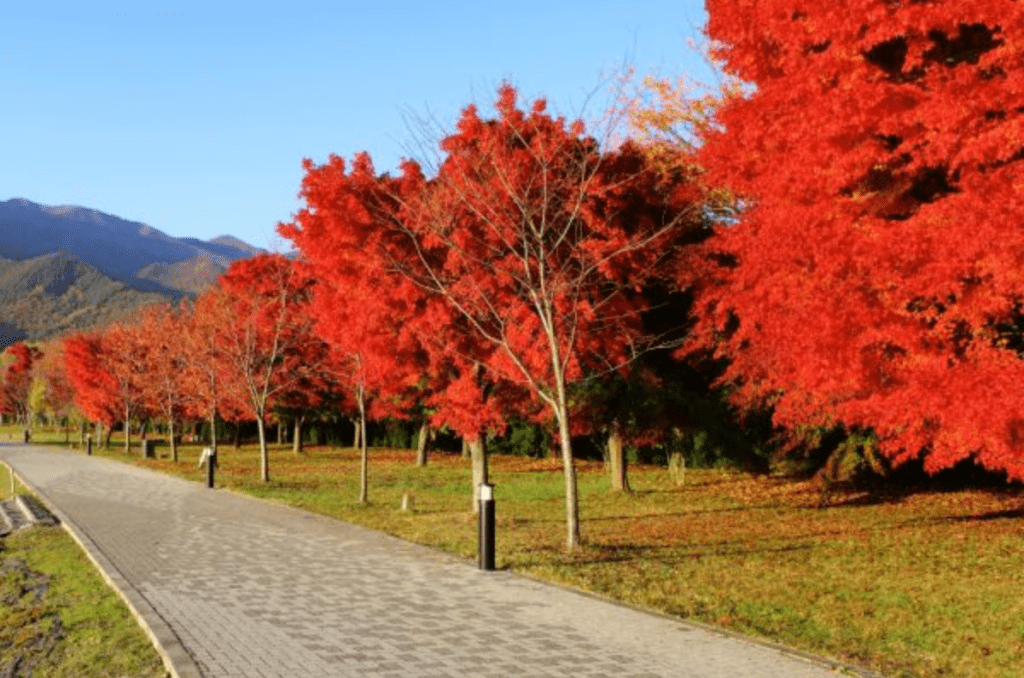
4. October Glory® Maple Tree
The October Glory® maple tree is very well-adapted to different climate types. It is especially adapted to the western United States, a place that typically cannot grow maple trees due to the climate. But if you live in this area, the October Glory® maple tree is for you
- Height: 40-50 feet
- Hardiness Zones: 4-9
- Growing Requirements: Prefers full sun and is tolerant of most soil types.
- Key Features: As the name suggests, the bright display of red lasts for almost the entire month of October.
This maple variety is also a fast-grower, especially when comparing it to the other maple tree cultivars.
Get the October Glory® maple tree now!
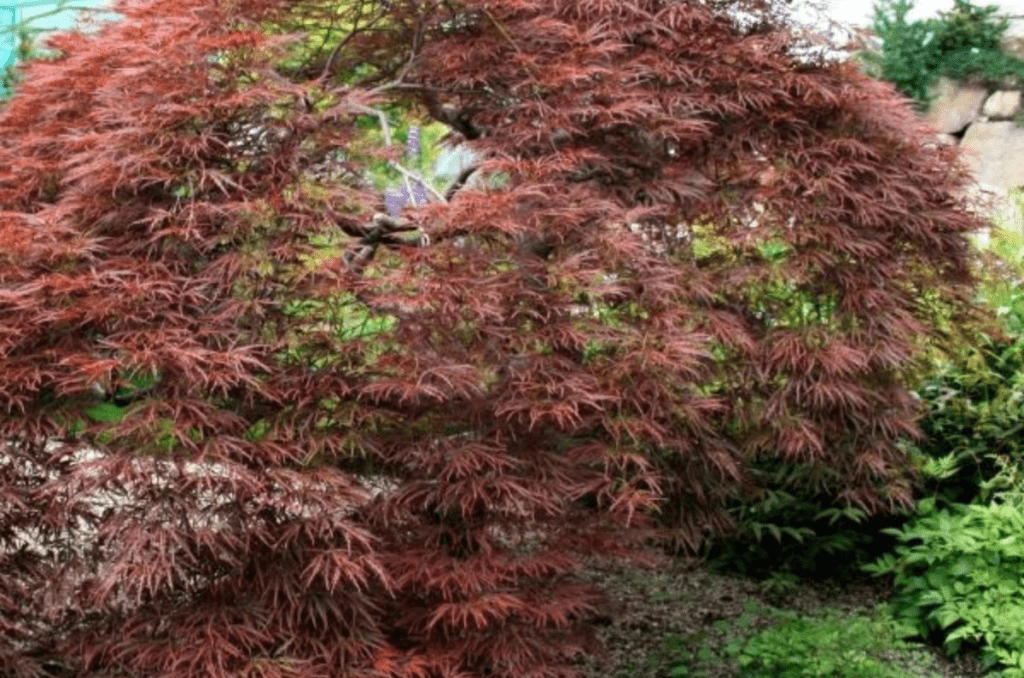
5. Tamukeyama Japanese Maple Tree
As the smallest tree on our list, the Tamukeyama Japanese maple tree is surprisingly fairly slow to mature. From the dark red blooms in spring, to the scarlet leaves come fall, this maple cultivar is sure to provide you with beauty all year.
- Height: 6-10 feet
- Hardiness Zones: 5-8
- Growing Requirements: Grows well in full sun or part shade, and likes well-draining soil.
- Key Features: Known for its short, shrub-like growth.
Plant this tree where you will be able to admire it daily, because it is truly a showstopper. Even your neighbours will be asking you what kind of tree it is.
Get the Tamukeyama Japanese maple tree now!
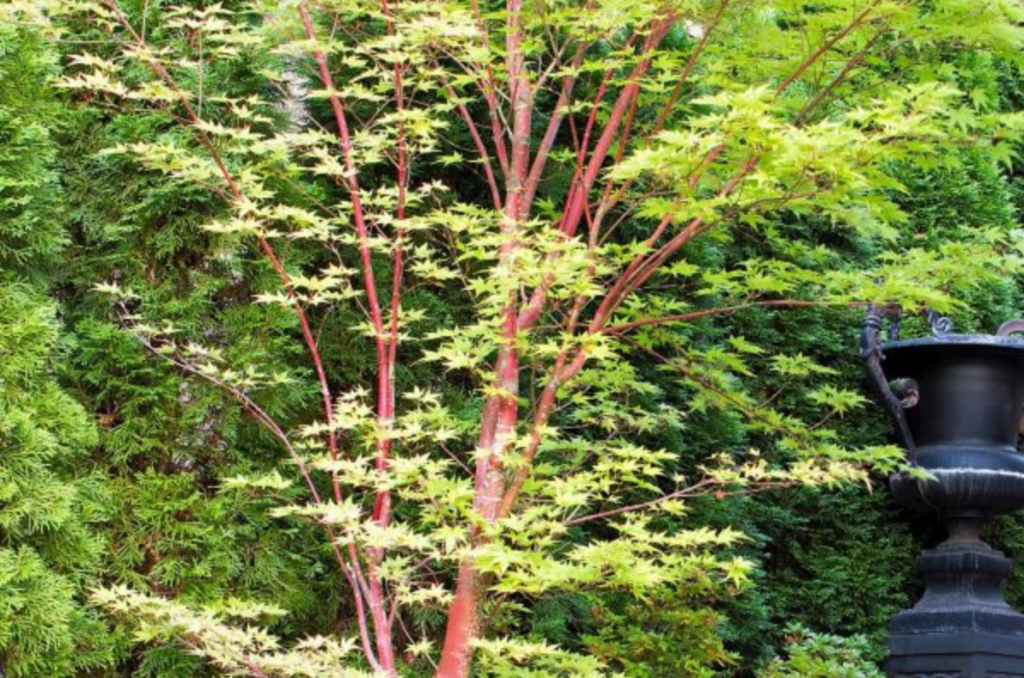
6. Coral Bark Japanese Maple Tree
The Coral Bark Japanese maple is different from the other maple trees on this list. The young stems bark is coloured coral, along with red margins on the leaf. Additionally, this maple turns yellow in the fall instead of red.
- Height: 20-25 feet
- Hardiness Zones: 5-8
- Growing Requirements: Thrives in full sun to partial shade and well-draining soil.
- Key Features: Young stems carry a coral colour that slowly fades when the stems get older.
This maple tree is perfect for those that are looking for new and different varieties. You will be glad you have this tree planted every time you walk outside.
Get the Coral Bark Japanese maple now!
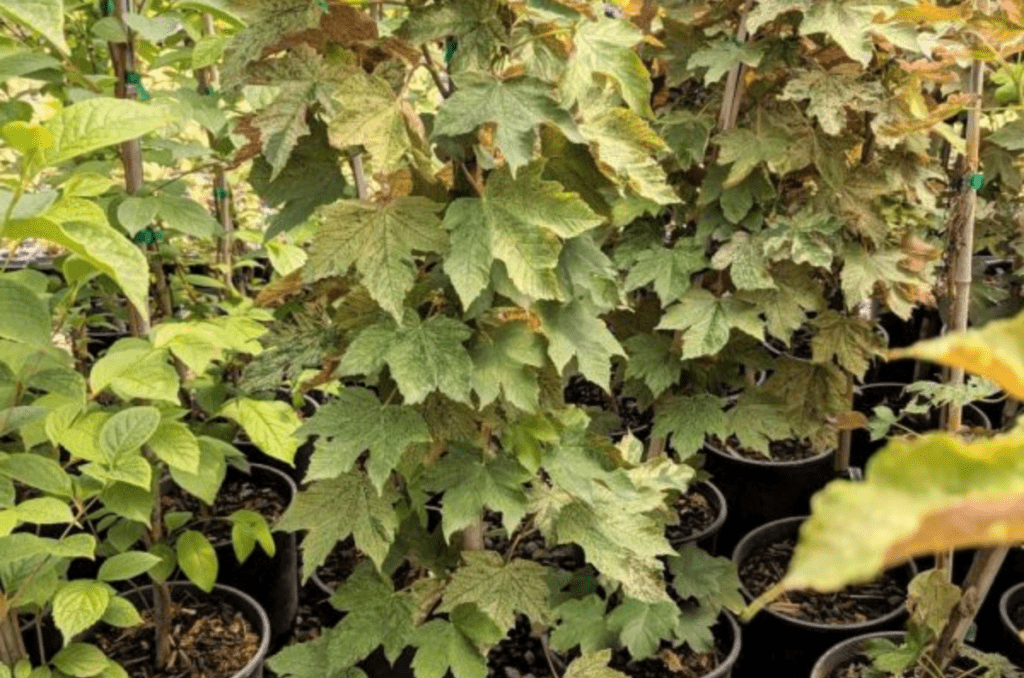
7. Eskimo Sunset Sycamore Maple Tree
The Eskimo Sunset Sycamore maple tree is a medium-sized maple tree perfect for homeowners looking to brighten up their yard. The leaves are incredibly variegated, with hints of pink, orange, green, purple, and cream.
- Height: 20-25 feet
- Hardiness Zones: 5-8
- Growing Requirements: Grows well in full sun to partial shade and well-draining soils.
- Notable Features: Instead of bright red fall leaves, this variety has brilliant purple leaves in the fall.
Perfect for anyone looking to increase the curb appeal of their property, this maple variety is one of the most eye-catching and stunning trees out there.
Get the Eskimo Sunset maple tree now!
Choosing the Right Types of Maple Trees for Your Garden
When choosing a maple tree, consider the size of your garden, the soil type, and the climate. Larger maples make great shade trees for large spaces, while compact varieties like the Japanese varieties are perfect for small landscapes or focal points in your garden.
Also, think about the level of maintenance you’re comfortable with, as some varieties require regular maintenance to ensure health.
Maple Tree Care Tips
Maples are generally low-maintenance, but a few care tips can help them thrive:
- Watering: Newly planted maples need regular watering, especially in the first two years. Once established, they are often drought-tolerant. The regular rain cycles should keep your maple well-watered at this point.
- Pruning: Prune in late winter to early spring to shape the tree and remove any weak or diseased branches. It is essential to prune during the tree’s dormant period, as this helps to facilitate new growth in spring.
- Soil Care: Maples prefer slightly acidic to neutral soil; consider adding mulch around the base to retain moisture and prevent weeds. Also consider using an organic maple fertilizer, such as Happy Frog maple dry fertilizer. This will boost your maple tree’s growth and ensure beautiful plants.
Discussion Questions:
- Which type of maple tree are you most interested in planting, and why?
- If you’ve grown maples before, what has worked well for you in terms of maintenance, soil care, or managing pests?
Please let us know in the comment section below!
Frequently Asked Questions
Out of the over 100 maple tree species, 10 of them are native to and grow well in Canada. These include black maple, sugar maple, and Manitoba maple.
The best maple tree on this list for your yard has to go to the Autumn Blaze®. This tree is incredibly stunning in the fall with its deep red foliage. It is perfect for your front yard or lining around your property.
Yes, several varieties on this list are suitable for small yards. Tamukeyama and Emperor One are compact and ideal for smaller gardens, providing beautiful foliage without overwhelming the space.
Some types, like the Norway Maple, can have aggressive root systems, which is why it is considered invasive in North America, which is why you should never plant it. However, most maples can be managed with regular care and strategic planting away from foundations or paved areas.
Even More Gardening Ideas
Here are a few more posts to get the ball rolling in your garden!
- How to Create a Stunning Winter Planter
- 8 Foods You Can Still Forage in the Winter
- 9 Winter Shrubs to Beautify your Landscape
Products
To buy high-quality garden seeds, check out Burpee.
For a wide selection of perennial garden plants, check out Nature Hills Nursery.
For gardening equipment, check out Bootstrap Farmer
With their diverse colours, shapes, and sizes, maple trees offer something for every type of gardener. From the majestic Autumn Blaze® maple to the delicate Tamukeyama Japanese maple, each variety brings unique beauty to any landscape. By selecting the right type for your space and climate, you can enjoy the beauty and benefits of a maple tree year-round.
If you enjoyed this article, make sure to share it with your friends and family members who are also looking to plant different maple tree varieties. Also, consider signing up for our email newsletter; don’t worry, we won’t send you spam, just fresh gardening tips and tricks every week!
Thanks for stopping by! Make sure to follow us on social media so that you can always see more of this valuable information.
If you want to learn more about gardening, foraging, and nature, check out The Real Gardener on LinkedIn, YouTube, and Pinterest.
Pin this post for later:
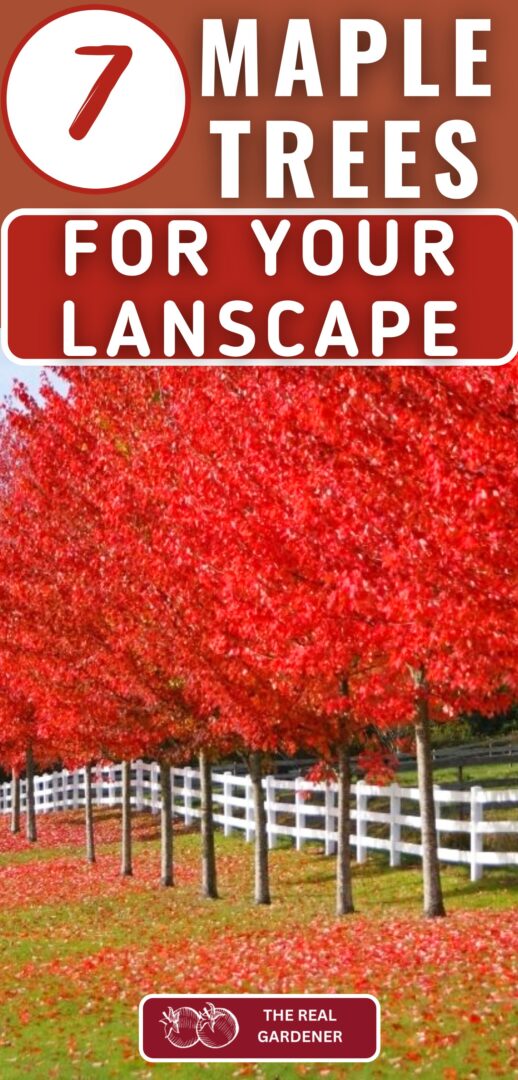
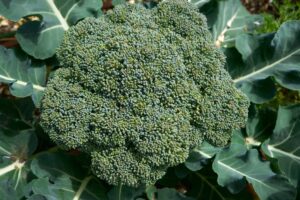
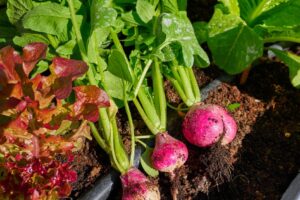
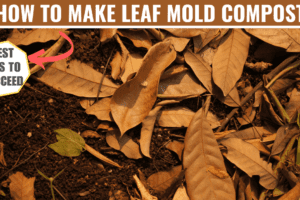
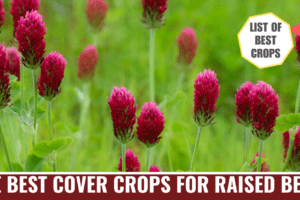
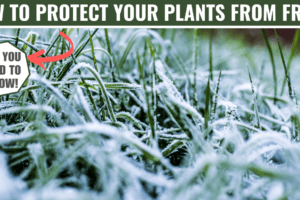
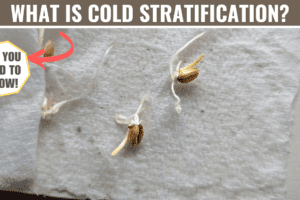

Leave a Reply